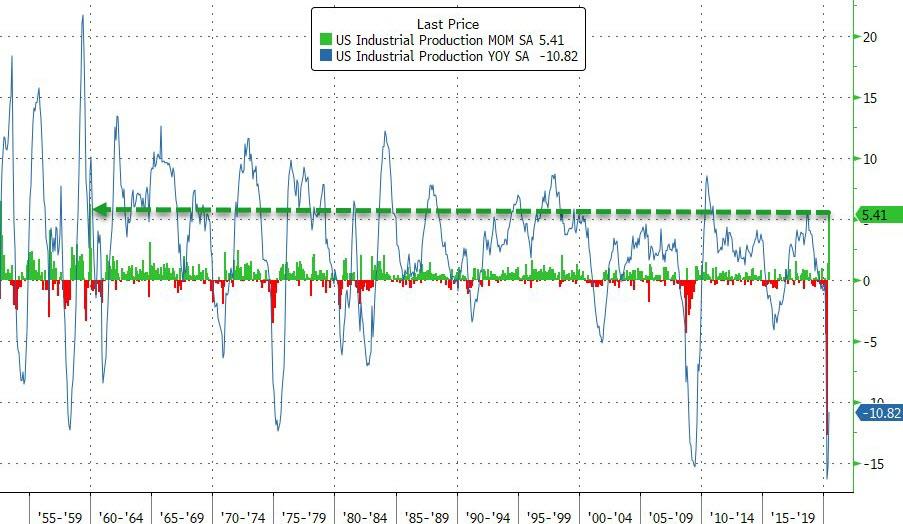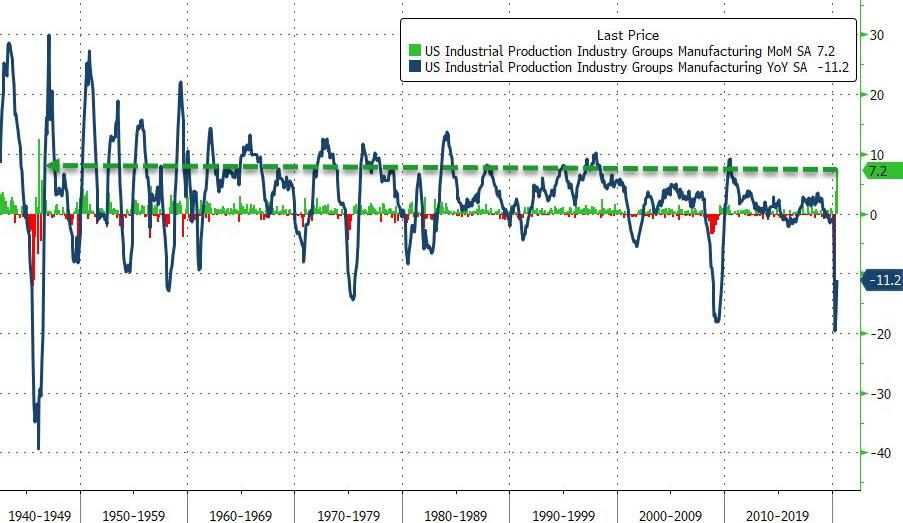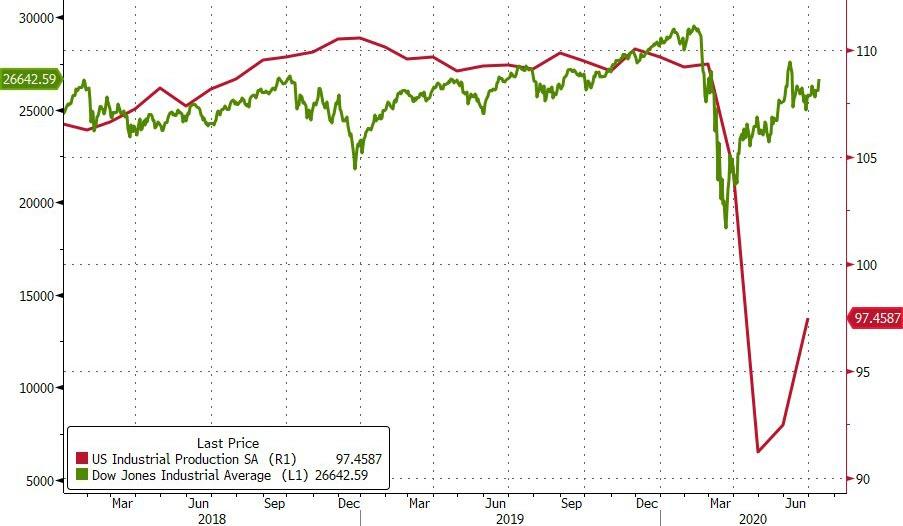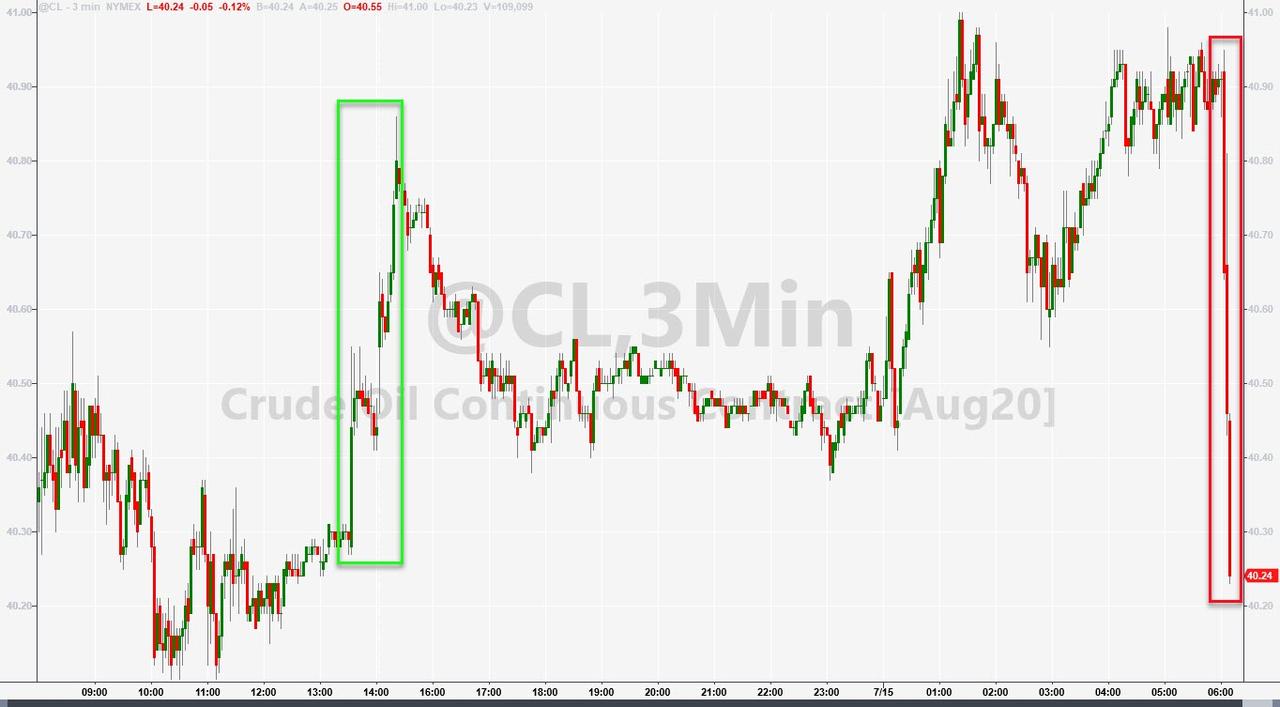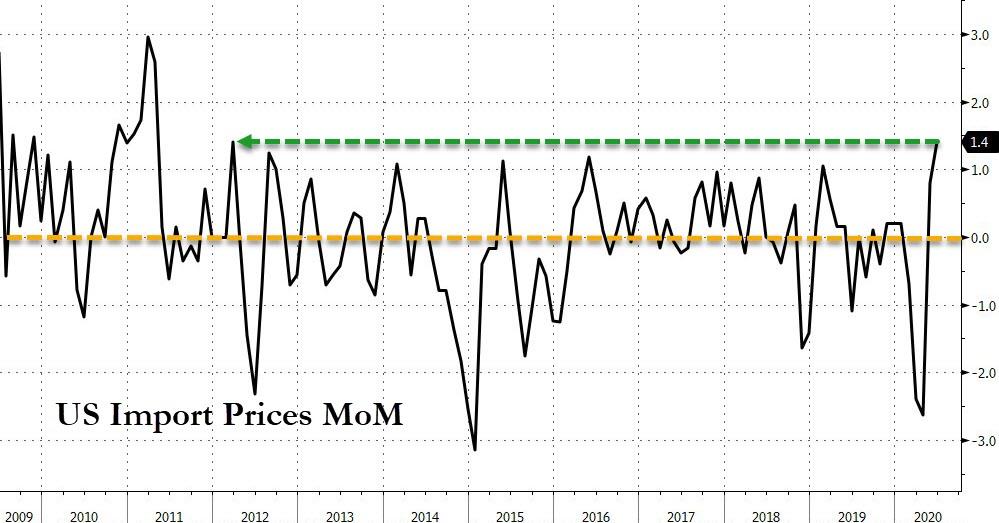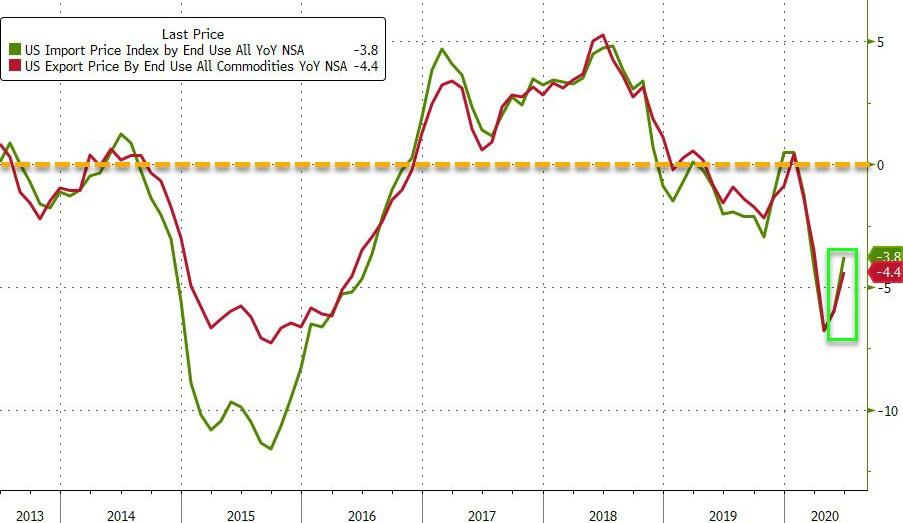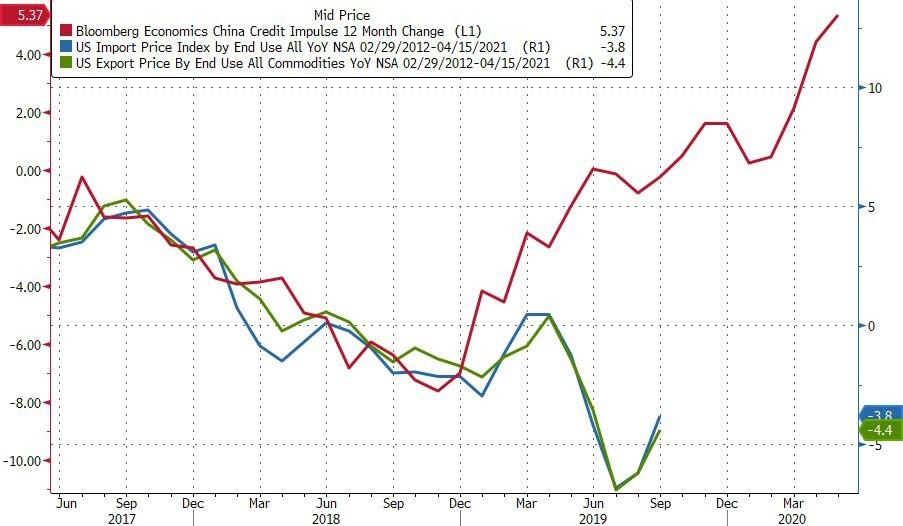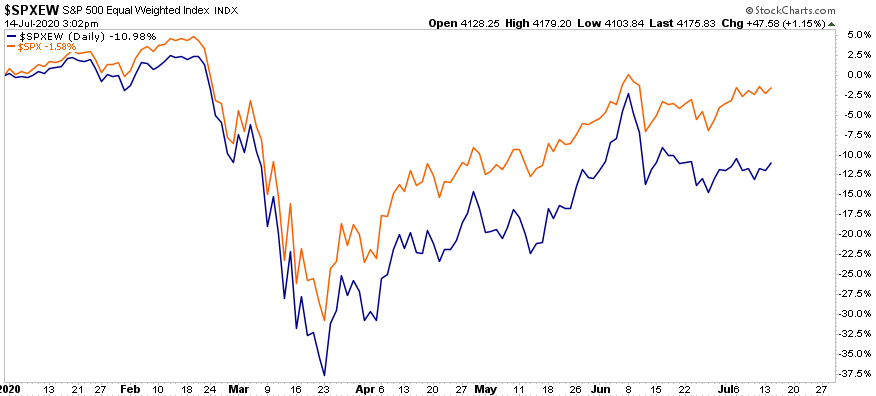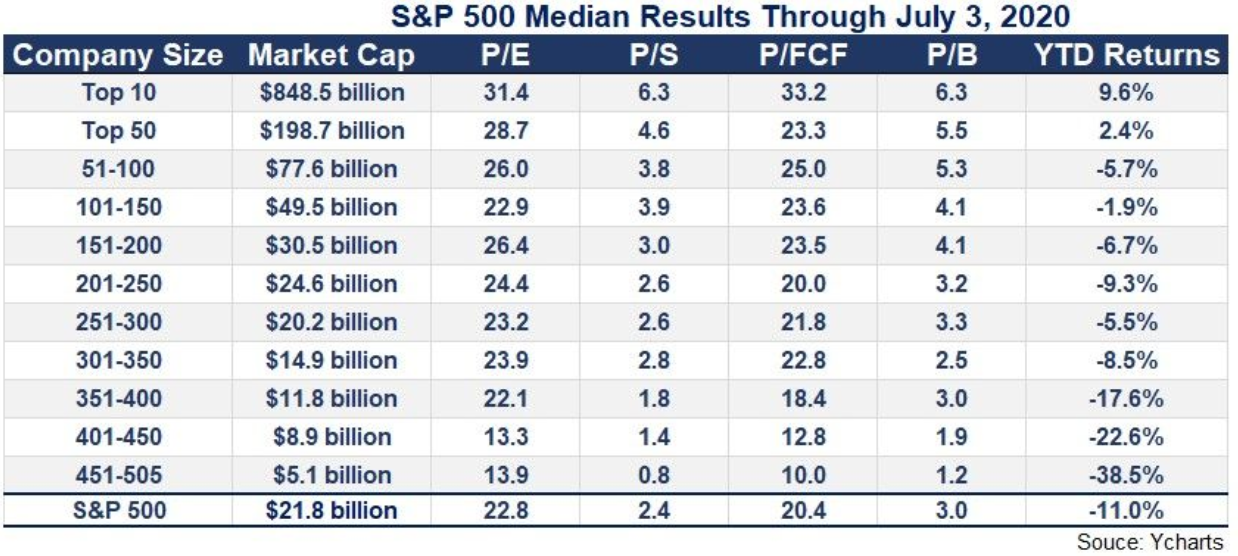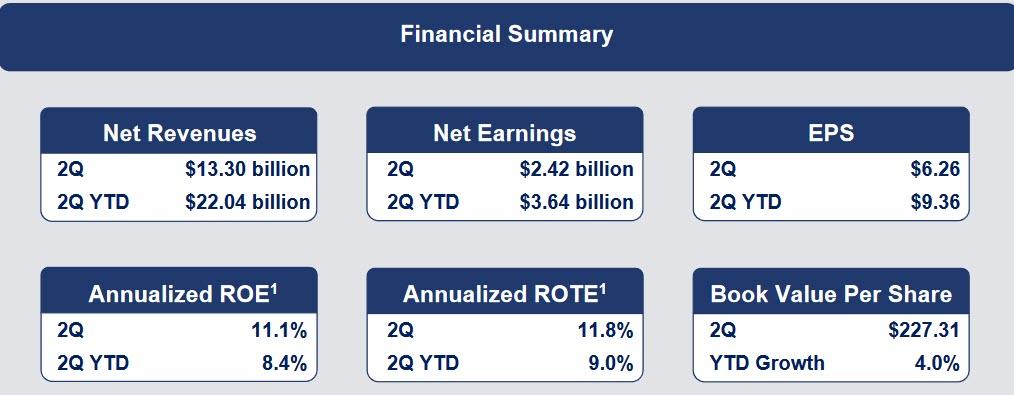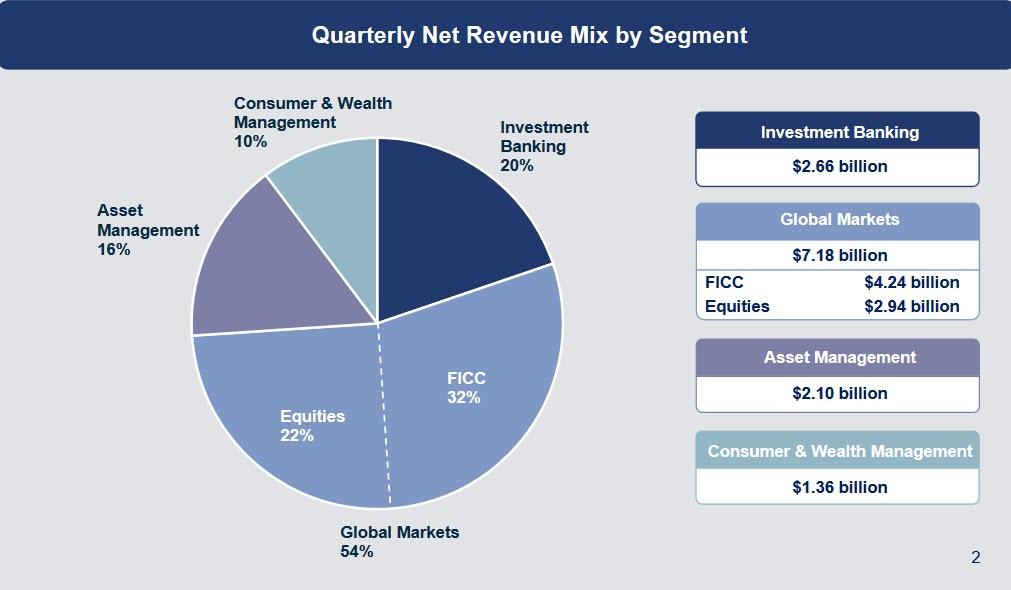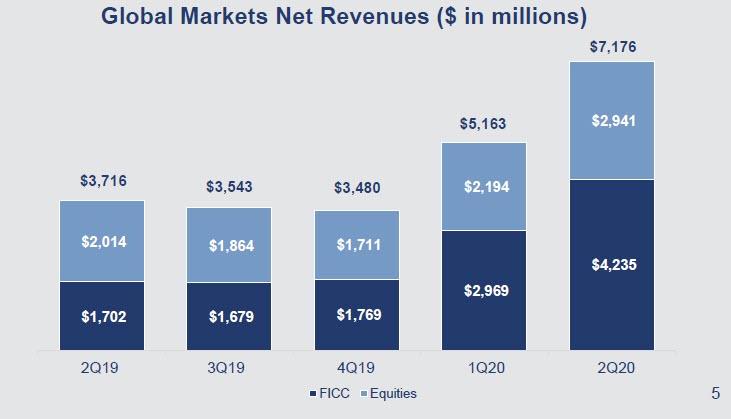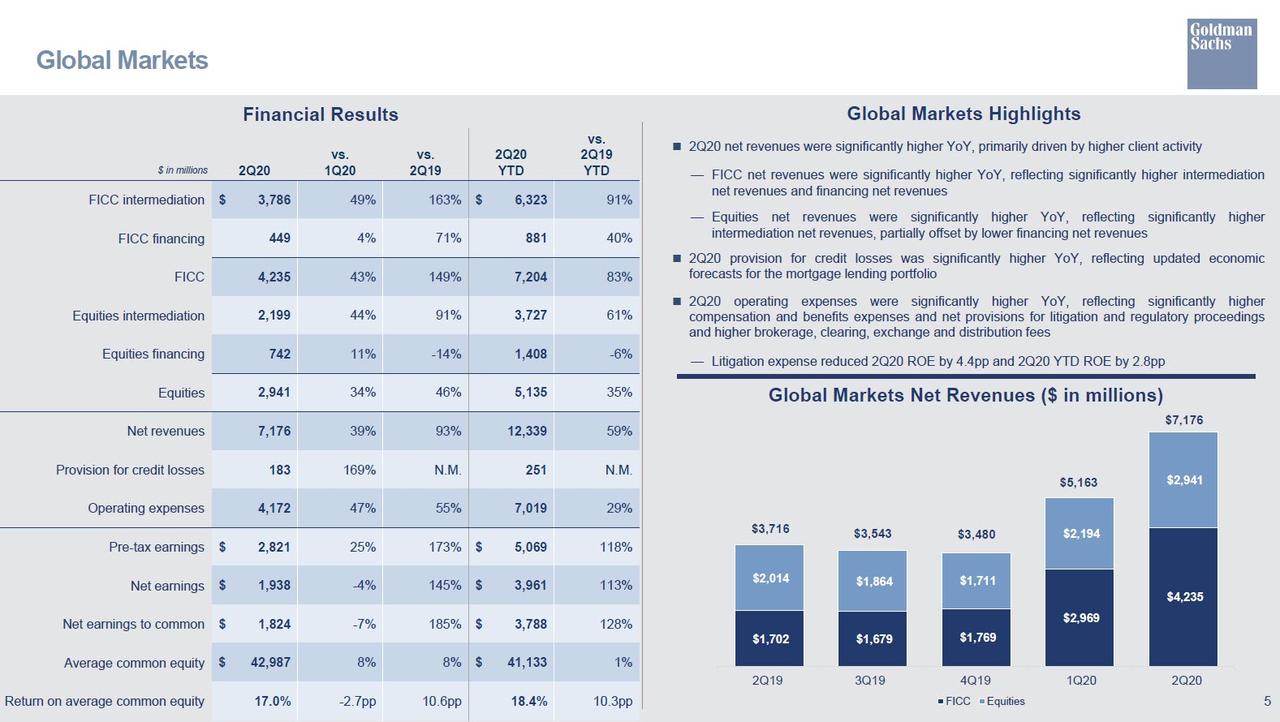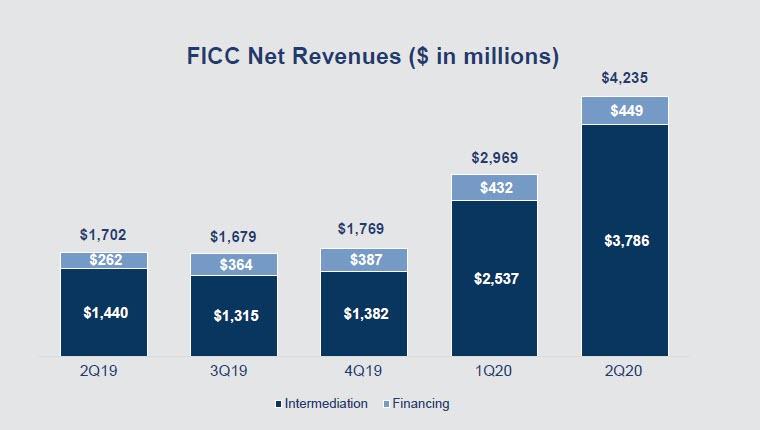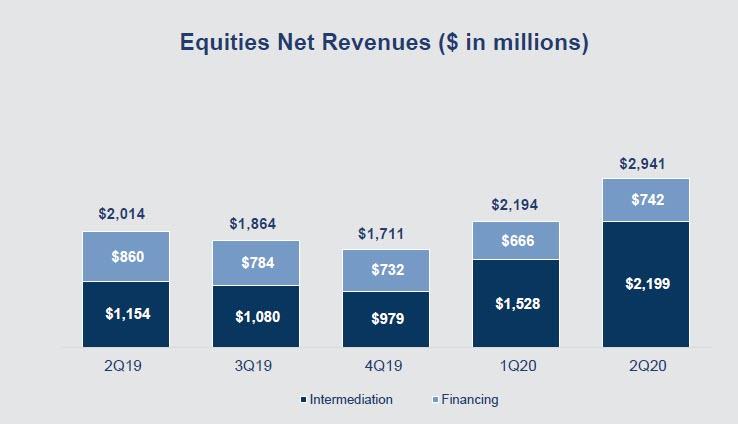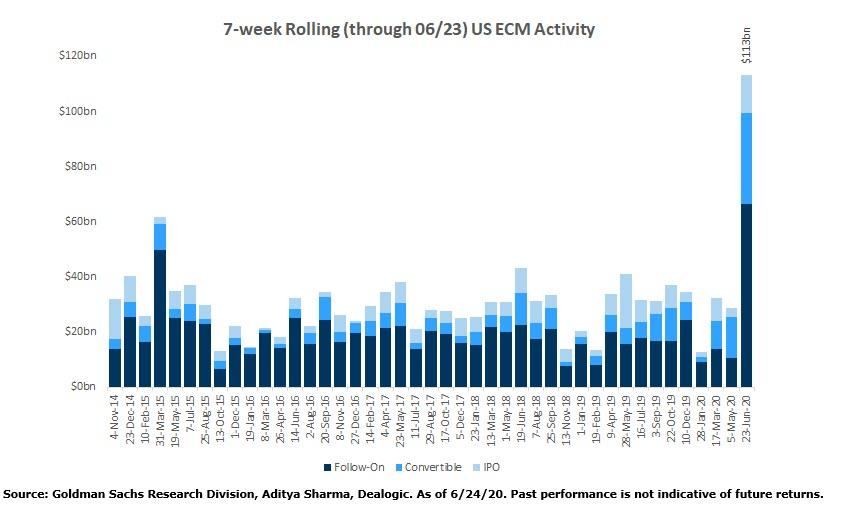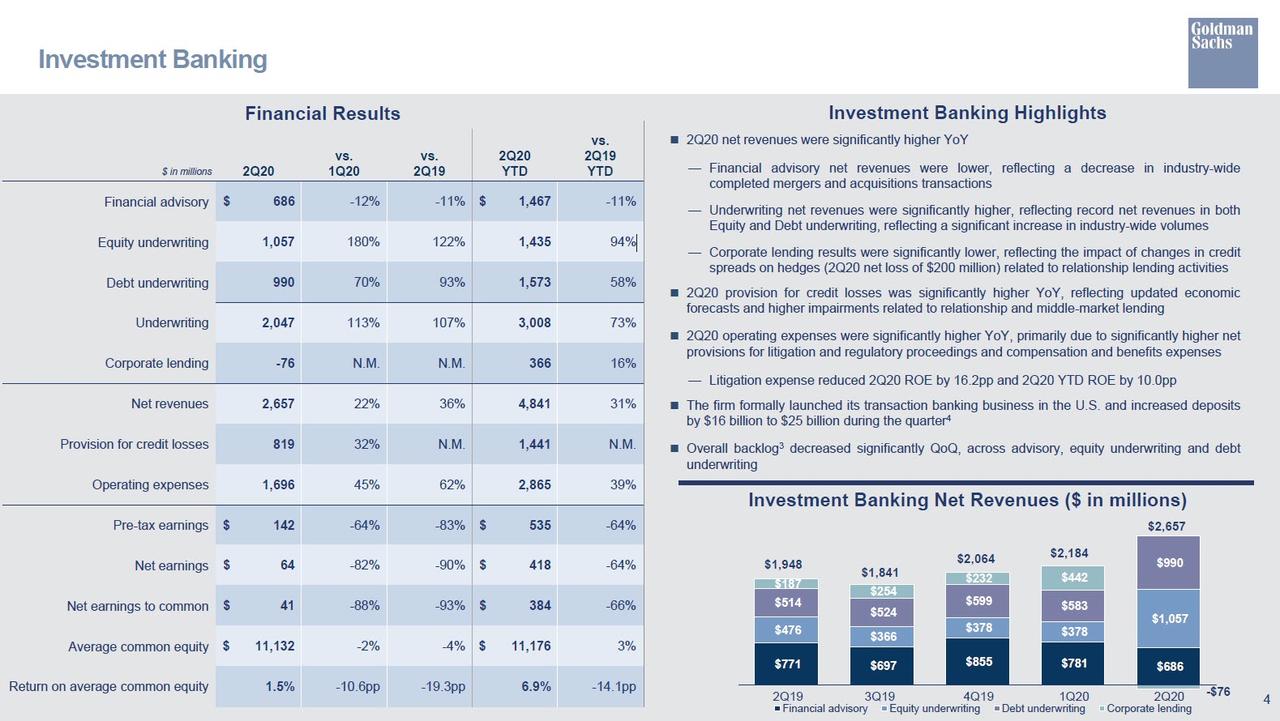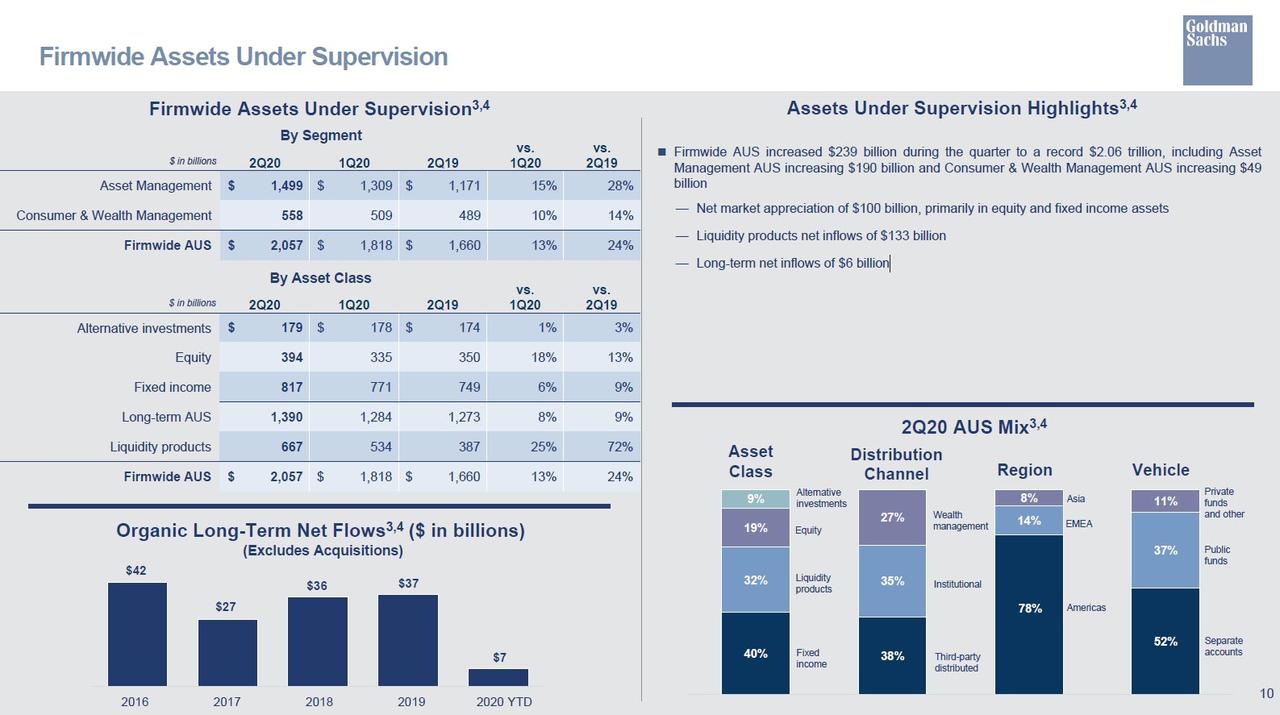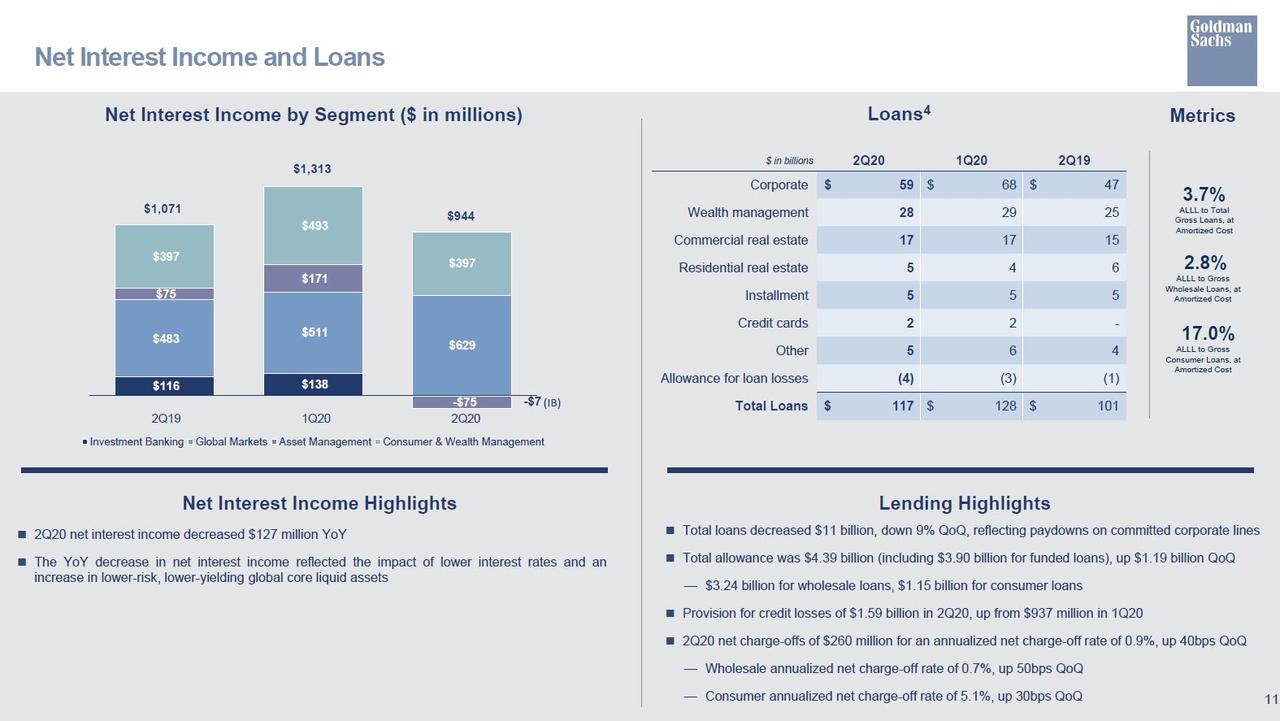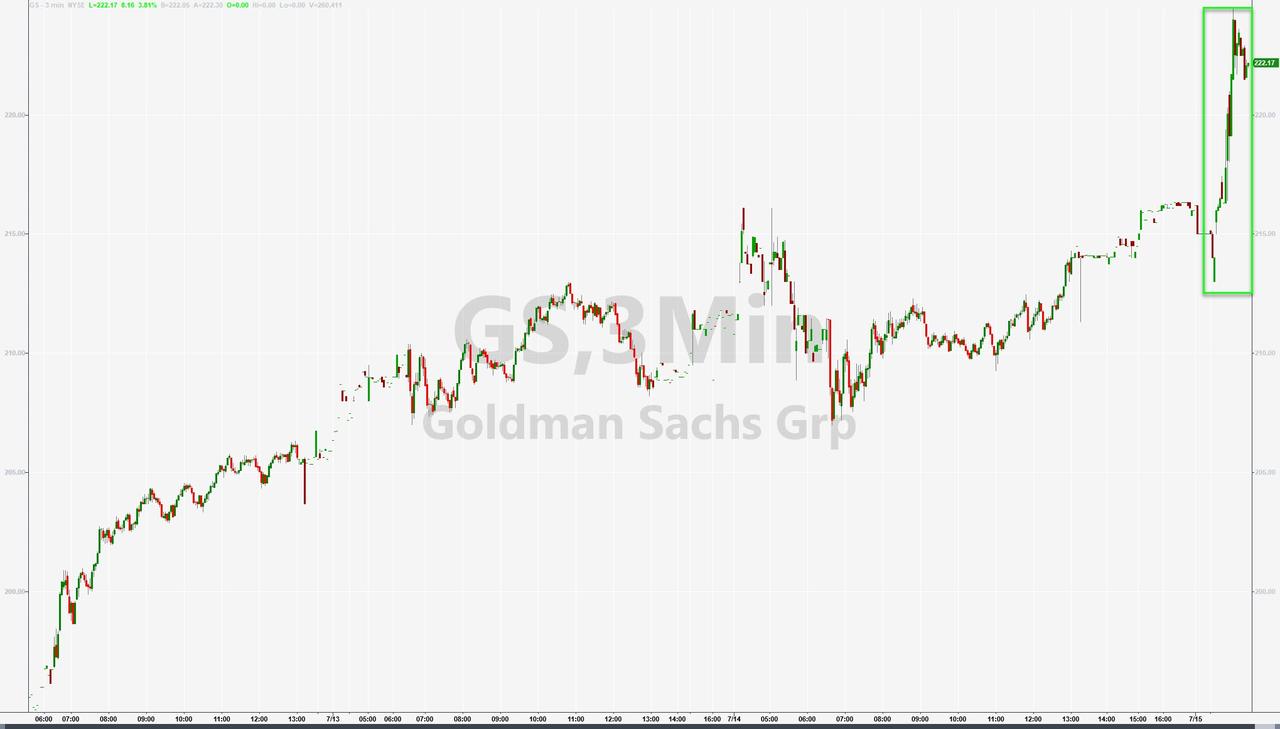Rabobank: “We Now Have A US Dollar Weapon Countdown Underway”
Tyler Durden
Wed, 07/15/2020 – 09:30
Submitted by Michael Every of Rabobank
Yesterday US President Trump officially removed Hong Kong’s US special status, with few extra details that we didn’t already know other than that HK passports are no longer any more welcome than Chinese ones in the US, and that Fulbright scholarships are ended. Markets have kept shrugging that news off, as have HK bankers: “Mo wentai” has been the mantra (“No Problem”). They weren’t rattled by the imposition of the new national security law; they weren’t rattled yesterday by Beijing stating pro-democratic/localist forces in Hong Kong could be breaking that law in trying to win a majority in September’s election; yet, according to Bloomberg, now that Beijing has just imposed its own taxation on its overseas citizens, “Bankers Shocked by 45% China Tax Rate Mull Leaving Hong Kong”. This rather makes the point about how it’s hits to people’s pockets that really moves the Cold War dial nowadays, not grandiloquent statements like “Ich bin ein Berliner”.
On that front, Trump also signed the Hong Kong Autonomy Act. Simply, this law gives Treasury up to 90 days to compile a list of those who are responsible for undermining HK autonomy; then up to 60 days to verify; and then sanctions must be imposed on them – something the US is already doing over Xinjiang. Then, a year after that date, any non-US banks with “significant transactions” with those individuals or institutions must see five of 10 possible sanctions imposed, which includes banning executives from entering the US, for example; and a further year later this *must* be expanded to all 10 – including inability to access the USD. In short, as has been pointed out here several times of late, we now have a US Dollar Weapon countdown underway, just as we do with Hard Brexit. It might be some way off at best, but it’s clear where it ends up.
Talking of where things end up, if pro-democracy Hong Kongers leave for the UK and the US, and mainland talent goes back to cheaper China, who is going to be left to “run the shop? Meanwhile, the New York Times has decided it is going to move part of its operations from Hong Kong to Seoul.
That’s the second New York Times story today of interest – and I mean stories about the New York Times, not stories in it. The other is that Bari Weiss, their ‘opinion’ editor, has resigned with a devastating letter that includes allegations of feeble management and specific broadsides such as:
“…a new consensus has emerged in the press, but perhaps especially at this paper: that truth isn’t a process of collective discovery, but an orthodoxy already known to an enlightened few whose job is to inform everyone else,” which sounds like many conversations I have had with neoclassical economists about free trade over the years;
“My own forays into Wrongthink have made me the subject of constant bullying by colleagues who disagree with my views”;
“I was always taught that journalists were charged with writing the first rough draft of history. Now, history itself is one more ephemeral thing molded to fit the needs of a predetermined narrative.”; and
“The paper of record is, more and more, the record of those living in a distant galaxy, one whose concerns are profoundly removed from the lives of most people.”
Which sounds a bit like central bankers too, and indeed markets in general. Although to be fair, at least the former are now a bit more humble about what they do and don’t know. As Brainard of the Fed noted overnight “A thick fog of uncertainty still surrounds us, and downside risks predominate.” No dialectical materialism there: just a recognition of Marx’s “All that is solid melts into air.”
Yet back to Bari: is this just a NYT issue, or more widespread? Weiss says the latter. If it is the latter, consider the implications for markets and information gathering. Where are we to get our news if not from the press – Twitter?! And consider the impact on US electoral polarisation as we head into this potentially earth-moving November election (as noted in our US strategist Philip Marey’s report yesterday).
Talking of news one can and can’t trust, we are already warming up for the release of China’s Q2 GDP data tomorrow, which are expected to show a return to growth of 2.4% y/y. As usual, there won’t be any real breakdown allowing detailed analysis, but if one takes the presumed number at face value then it is almost certainly only due to extra supply and not due to any extra demand: and supply going where, exactly? Exactly. Indeed, just as we will soon hear ‘growth is back!’ we also see Bloomberg report “Rumor-Stoked Bank Runs Break Out in China Like Never Before”
Indeed, not far away the BOJ kept rates on hold as expected, but revised down its outlook for GDP over fiscal 2020 to -4.7% – and stressed it will do more if needed. Won’t we all?
Meanwhile, as Europe lumbers towards a decision on what fiscal recovery package it will agree on this month, we hear that German Chancellor Merkel might be prepared to compromise – in other words to make the proposed spending totals even lower than the figure critics (from one side) already allege is not enough. Dutch PM apparently continues to remain doubtful that the whole thing will happen at all.
For once we can end on a happy note, however, as Moderna states that its Covid-19 vaccine seems to be working well. Good news – although other reports are that natural immunity may only be a few months long anyway.
via ZeroHedge News https://ift.tt/2WlAqcR Tyler Durden
